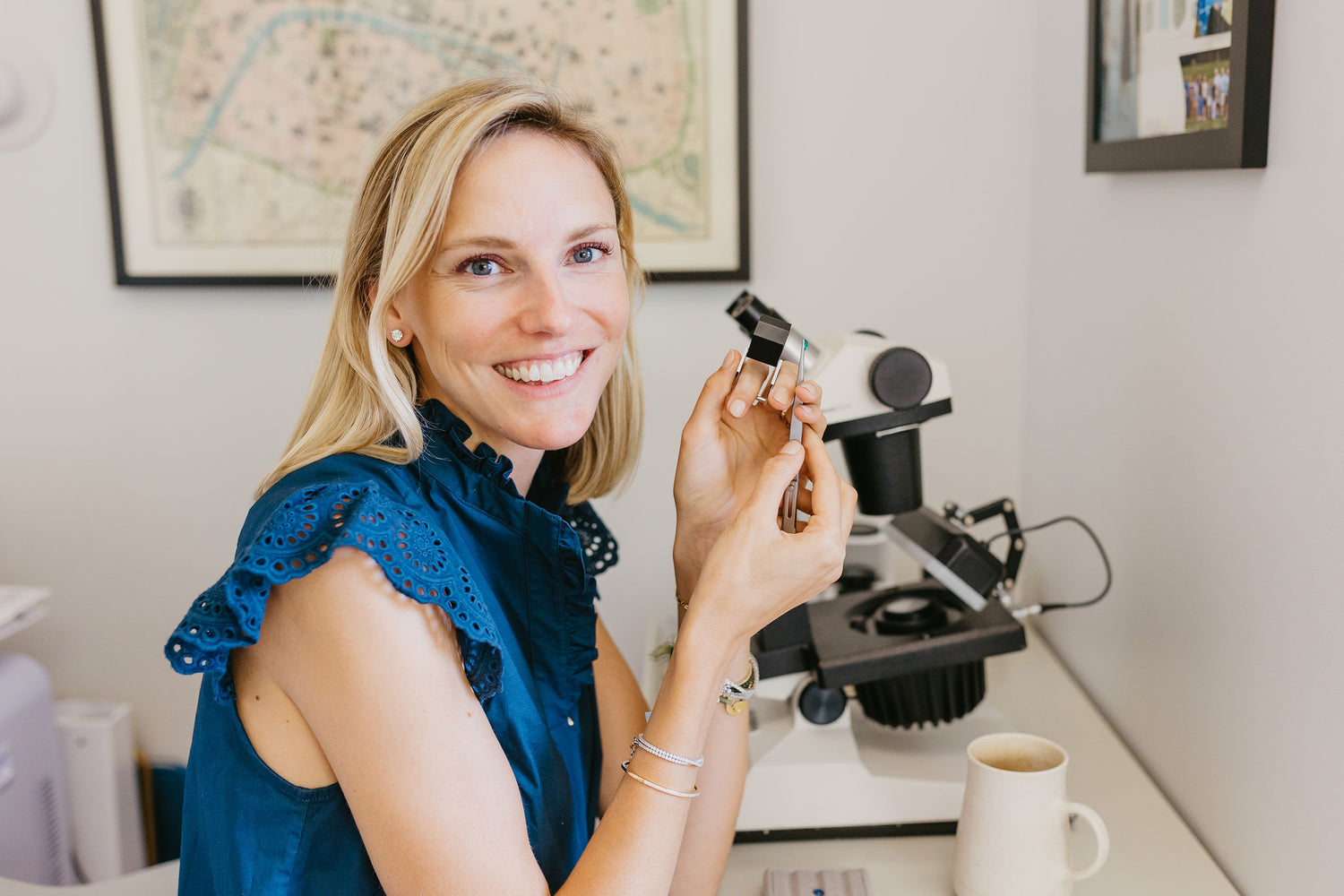
Opals
Opals have been mystifying the world for centuries. Their colors have been compared to everything from volcanos to rainbows to fireworks. And if you've ever held an opal in your hand, you could see why!
Many opals are mined in Australia, but other sources include East Africa and Mexico. Different locations yield different colors and varieties of opals. The most commonly seen opal, is called a white opal (referring to it's bodycolor, or background color) with spectral play of color. This is considered commercial grade and is most often imitated.
Opals have long been considered unlucky to wear. This all stems from a book written by Sir Walter Scott in the 1800s. I've heard a variety of similar rumors - only to wear opals if your birthday is in October, only if the opal is given to you (never buy one for yourself!), or just that they're plain bad luck. While you might not consider yourself an opal lover, there is likely a variety out there for you and without bad luck associated with it! :)
Shopping for Opal
Opals are soft gemstones, so should be set in items that aren't exposed to a lot of heavy or rough wear. Often times, opals are set into doublets or triplets. This means that the opal is cemented to a colorless quartz cover (doublet) or between a colorless quartz cover and another material like obsidian or glass (triplet). This helps the stability of an opal and also allows you to get the look of opal without the price tag (since it's only a thin slice).
As I mentioned, opals also come in a variety of colors. Their color refers to their background color, or bodycolor as it's called in the trade. The most common colors you'll likely see are crystal or water opal, white opal, boulder opal or fire opal. GIA has a great comprehensive guide of these various colors (and patterns!). There are various levels of quality and value associated with each, so if you're drawn to opal, it would be best to set up a meeting with me to determine exactly what you're looking for.
Caring for Opals
Opals are soft stones, falling between 5 and 6.5 on the Moh's hardness scale. They should be stored away from other jewelry that could potentially crack or scratch opals. They, like other jewelry, should be treated with care and caution. If you're harder on your jewelry, I would advise against buying an opal ring or bracelet, and guide you toward opal earrings or necklace.
Opals can be up to 20% water, so can dry out if exposed to extreme temperatures. Jewelry stores will sometimes put a glass of water in the display with opals to prevent them from drying out. Drying out can lead to cracking, or crazing, or the disappearance of it's spectral colors (common in Ethiopian opals). This does decrease an opal's value, so you should be careful with how you're storing and wearing your opals.
Major Opal Moments
 Cate Blanchett at the 2014 Oscars. These are called water opals in the trade.
Cate Blanchett at the 2014 Oscars. These are called water opals in the trade.
 Busy Philipps in Irene Neuwirth Opal Earrings.
Busy Philipps in Irene Neuwirth Opal Earrings.
 Taylor Swift in Opal Earrings and Ring at the 2015 Grammy's.
Taylor Swift in Opal Earrings and Ring at the 2015 Grammy's.

